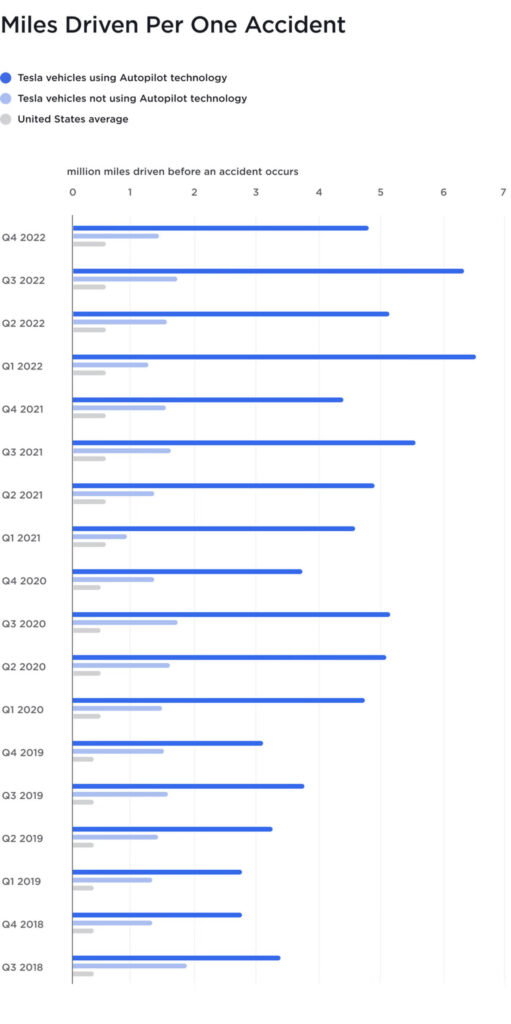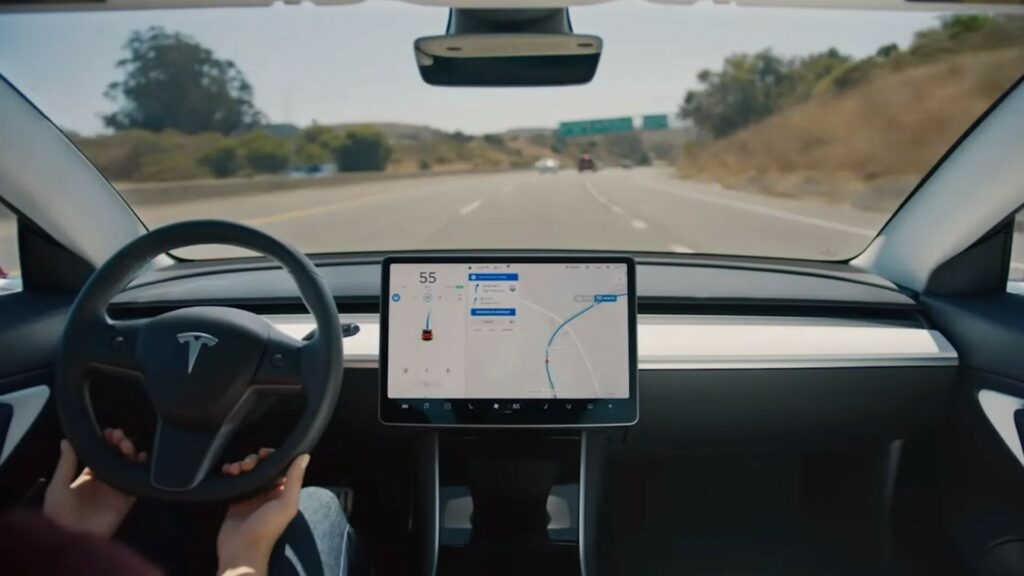On Sunday, the Washington Post published an article calling into question Tesla’s policies around Autopilot and Full Self-Driving (FSD). On Monday, the automaker responded. The details that the Post left out call into question its own integrity.
The article cites a number of anecdotal stories about drivers crashing their Teslas while Autopilot was engaged on roads where it isn’t intended to be used in the first place. It specifically tells the story of Dillon Angulo and Naibel Benavides Leon, two people who had pulled over and were standing outside of their vehicle when a Tesla on Autopilot blew through a stop sign and hit them.
Angulo experienced life-changing injuries and Benavides Leon tragically passed away. If those were the only important details it would be pretty damning for Tesla. What The Washington Post doesn’t mention is that “the driver was pressing the accelerator to maintain 60 mph when he ran the stop sign and caused the crash. The car displayed an alert to the driver that, because he was overriding Autopilot with the accelerator, “Cruise control will not brake.”
Read: Tesla Fights DMV’s Autopilot Case, Cites Free Speech Violations And Prior Approval
This quote comes directly from Tesla on X where it laid out an 800-word rebuttal to the article. In addition to the fact that the driver was pressing the accelerator, Tesla points out that he also took full responsibility for the wreck. “I expect to be the driver and be responsible for this… I was highly aware that was still my responsibility to operate the vehicle safely,” he said. That same driver never sued Tesla despite the fact that Angulo’s family sued him and settled out of court.
To put it bluntly, Tesla says that “The Washington Post leverages instances of driver misuse of the Autopilot driver assist feature to suggest the system is the problem.” To support that assertion it cites its own data about how often crashes happen in a Tesla both with and without Autopilot engaged.
The automaker claims that without Autopilot on, Tesla drivers are in a crash for every 1.4 million miles (2.25 million km) driven. When Autopilot is engaged, that figure is 4.85 million miles (7.8 million km) between accidents. By comparison, it calls out the latest data (2021) from the NHTSA that says on average, there’s a crash every 652,000 miles (1.05 million km). If those numbers are accurate, it would mean that being in a Tesla with Autopilot engaged reduces the chance of a crash by more than sevenfold. The Post mysteriously failed to mention any of those statistics.
It’s also worth noting that Tesla has won multiple court cases because it’s clear that drivers are responsible for driving. Despite what others might complain about, nomenclature doesn’t, in and of itself, create liability. The Post article even hints at the real problem in the title as it directly calls out “Tesla drivers.
There’s no question that safety behind the wheel is a paramount concern regardless of brand or technology. Tesla is far from a perfect company, and having a third party review its safety claims would be optimal. If it’s anywhere close to accurate, though, about how rarely its drivers experience crashes, there are likely a number of other automakers that deserve a lot more scrutiny for not doing more to improve their own driver-aid suite to the same standard.





